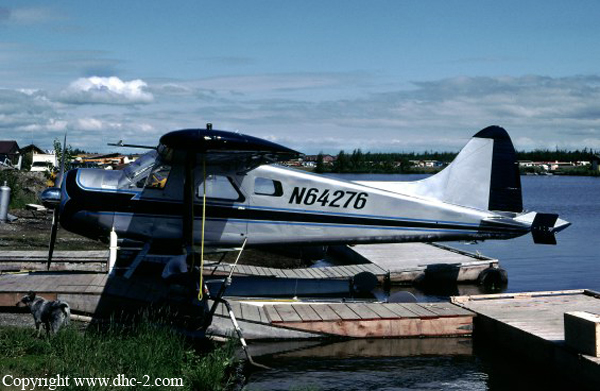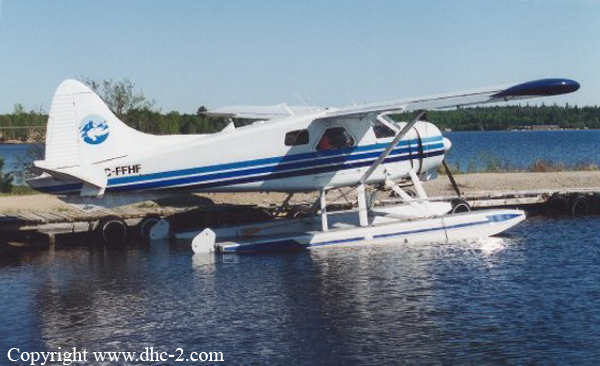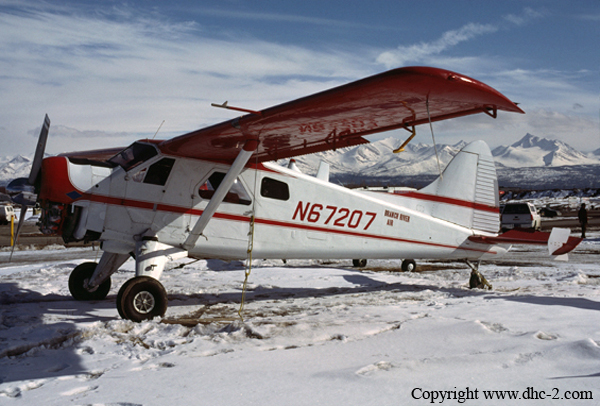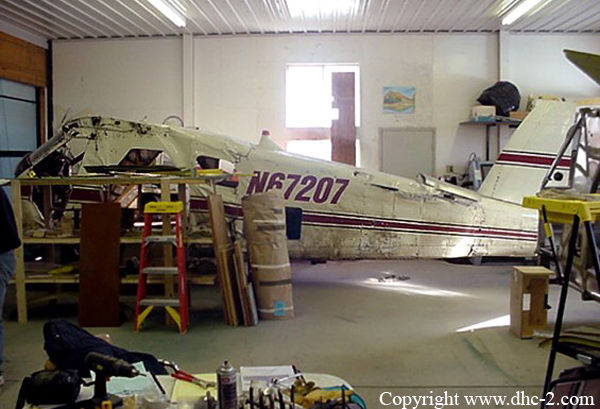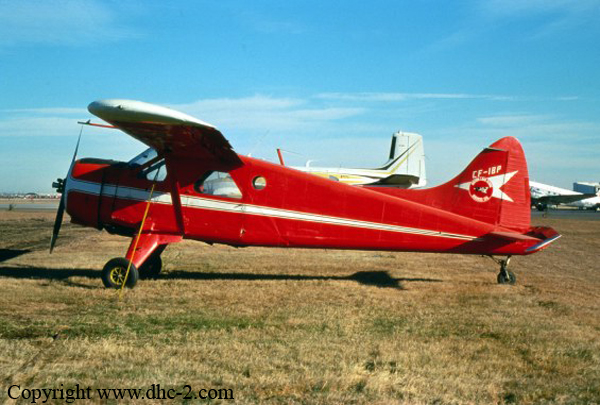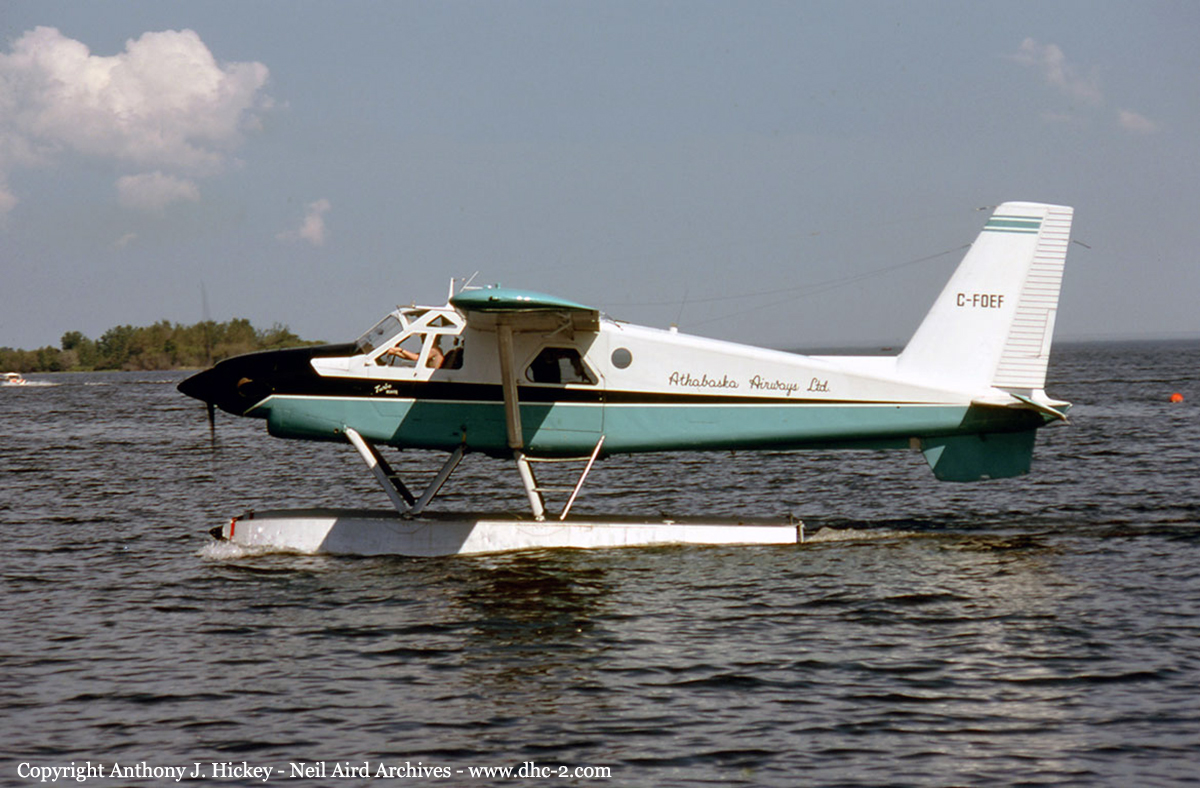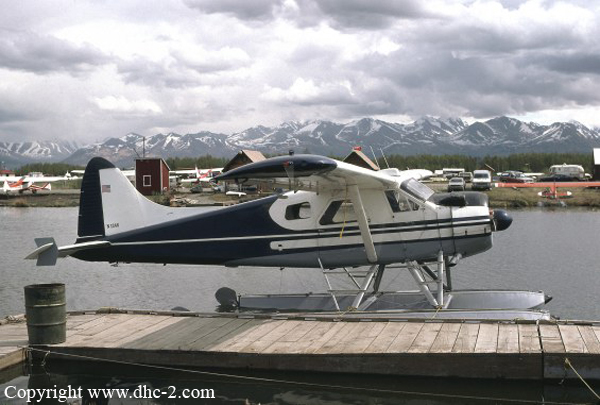Crash of a De Havilland DHC-2 Beaver I in Port Johnson: 1 killed
Date & Time:
Dec 12, 1996 at 0905 LT
Registration:
N67694
Survivors:
Yes
Schedule:
Port Johnson – Ketchikan
MSN:
924
YOM:
1956
Crew on board:
1
Crew fatalities:
Pax on board:
1
Pax fatalities:
Other fatalities:
Total fatalities:
1
Captain / Total hours on type:
8500.00
Aircraft flight hours:
20640
Circumstances:
According to the passenger, he and the pilot had just taken off, and as they were climbing out over an open water portion of a bay, the pilot said, 'here comes a gust.' Reportedly, the pilot added engine power, and the airplane began descending. The right wing started to dip, and the nose started to drop. The pilot had the control yoke turned all the way to the left, then yelled that they were going in. The airplane crashed in the water, and the passenger exited the airplane through the windshield. He did not see the pilot. The deceased pilot was found still strapped in his seat several days later, when a portion of the wreckage was recovered.
Probable cause:
The pilot's inadequate compensation for wind conditions, and failure to maintain adequate airspeed, which resulted in an inadvertent stall and collision with terrain (water). A factor associated with the accident was the gusty wind condition.
Final Report:


